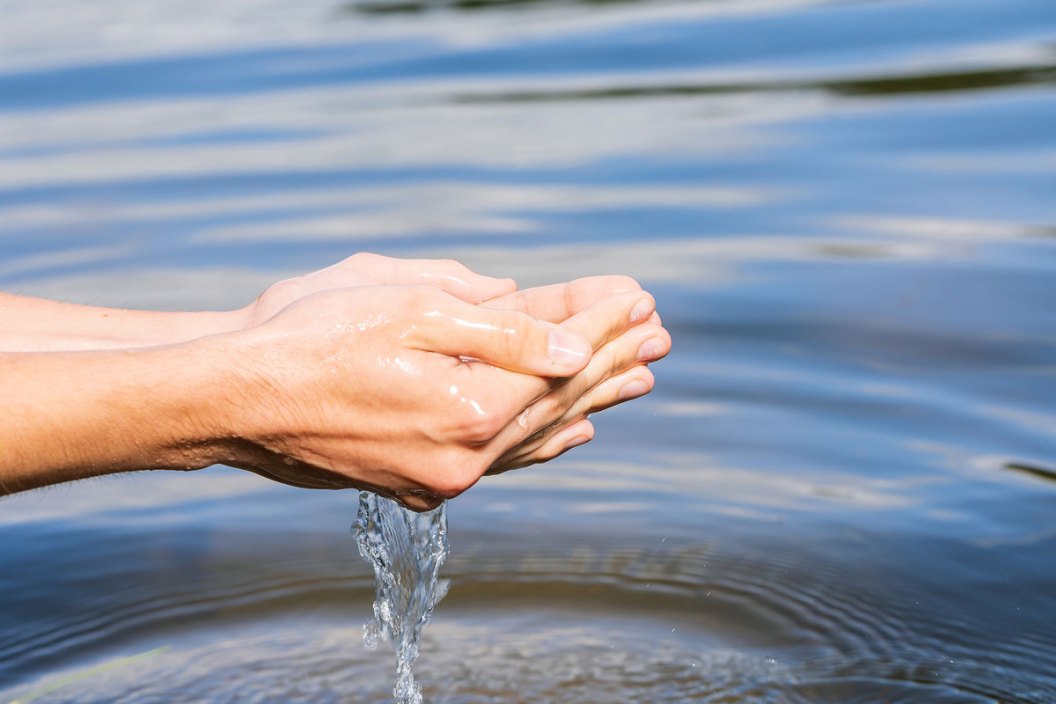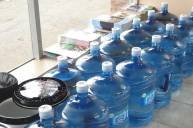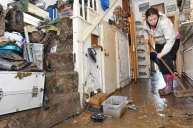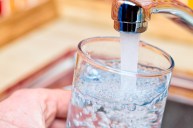Safe drinking water is essential to survival and must be part of your preparedness equation.
Finding drinking water in an emergency situation can be critical for survival. Having a water supply that you know won't make you sick is essential, as is having a way to store it for long periods of time for emergencies.
The simple fact is clean water is a central component of emergency preparedness.
Having a case of bottled water on hand is good, but some kind of filtration device that can make potable water from practically any water source is imperative as a long-term solution. Alternately, there are ways to keep entire 55-gallon plastic drums of treated H20 as an emergency water supply that will last a significant amount of time.
Properly treated water can have a five-year shelf life without growing anything it shouldn't, meaning emergency water storage is quite viable. You can even find boxes of water in sealed pouches specifically designed to have a long shelf life. They've been making this stuff since people first started stocking fallout shelters in the 1950s, so they're pretty good at it by now.
Keep in mind, even if you have a cache of water bottles in your garage, you might not have as much as you think. A human being ideally needs a gallon of water a day in total. More is also needed for cooking and cleaning and first aid as necessary.
Be sure to do the math and see how many gallons of water you have in those bottles and how much of it is plastic. And kept in mind, having more water is always better.
So, if water is still coming out of the faucet, it's best to use that for as much as possible. If for some reason that water becomes undrinkable, you will have to run it through some type of water filter or boil it all.
In a real emergency, you can disinfect water by adding household chlorine bleach. For 6-percent bleach, add eight drops to a gallon of water, and for 8.25-percent, add six drops to a gallon.
When you're on the move, there are a number of devices you can use to purify water. Old-school, iodine-based water purification tablets or drops (like you've found in survival kits for decades) work perfectly well, although the funk they pass on to the water takes some getting used to. The iodine drops have the added benefit of being useful as an antiseptic.
A portable device like a LifeStraw can be used for water filtration in the field, should you have a clean water bottle and a safe water source.
In short, realize that water treatment or filtration is something you may have to deal with in an extended emergency. As such, it's advantageous to have well-evaluated water storage containers in your home and a way to collect emergency water outside the home when necessary.
NEXT: THE GARMIN XERO S1 TRAPSHOOTING TRAINER IS $200 OFF UNTIL END OF APRIL
WATCH





